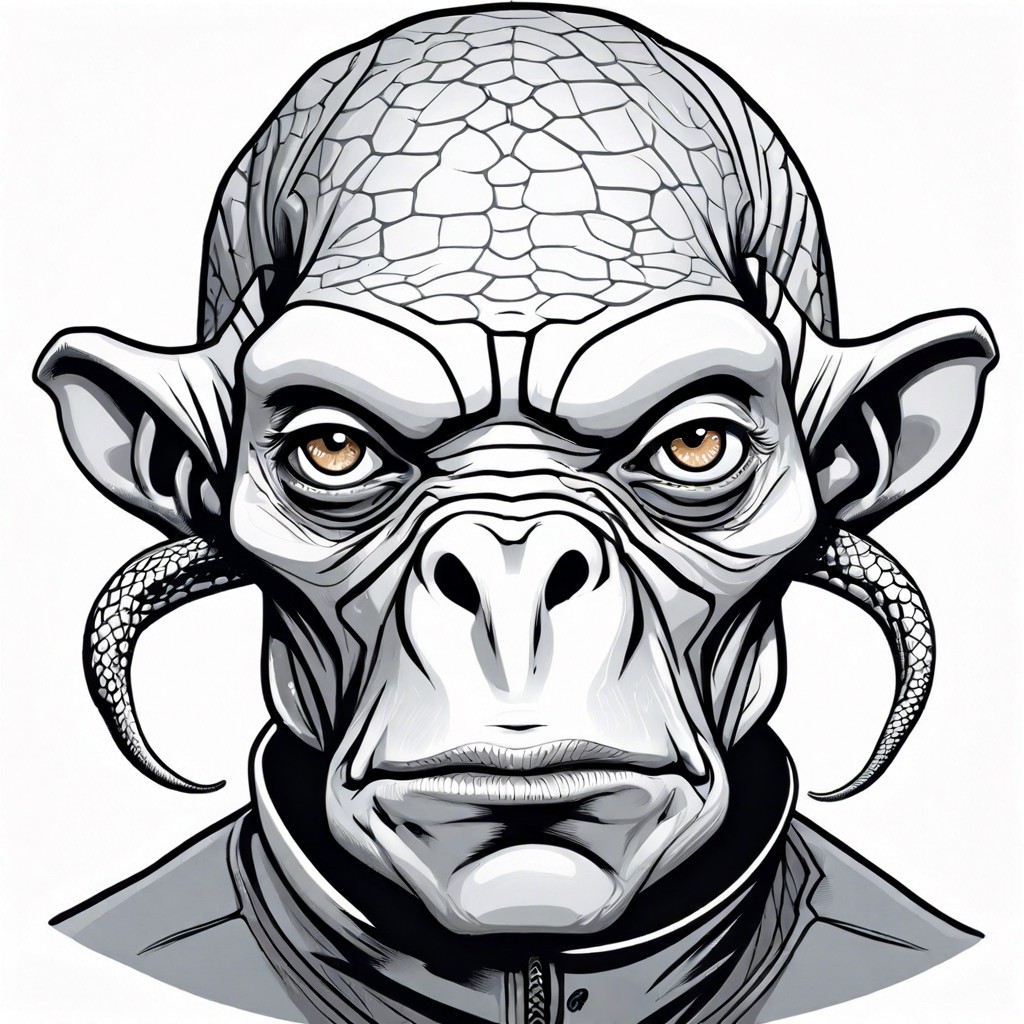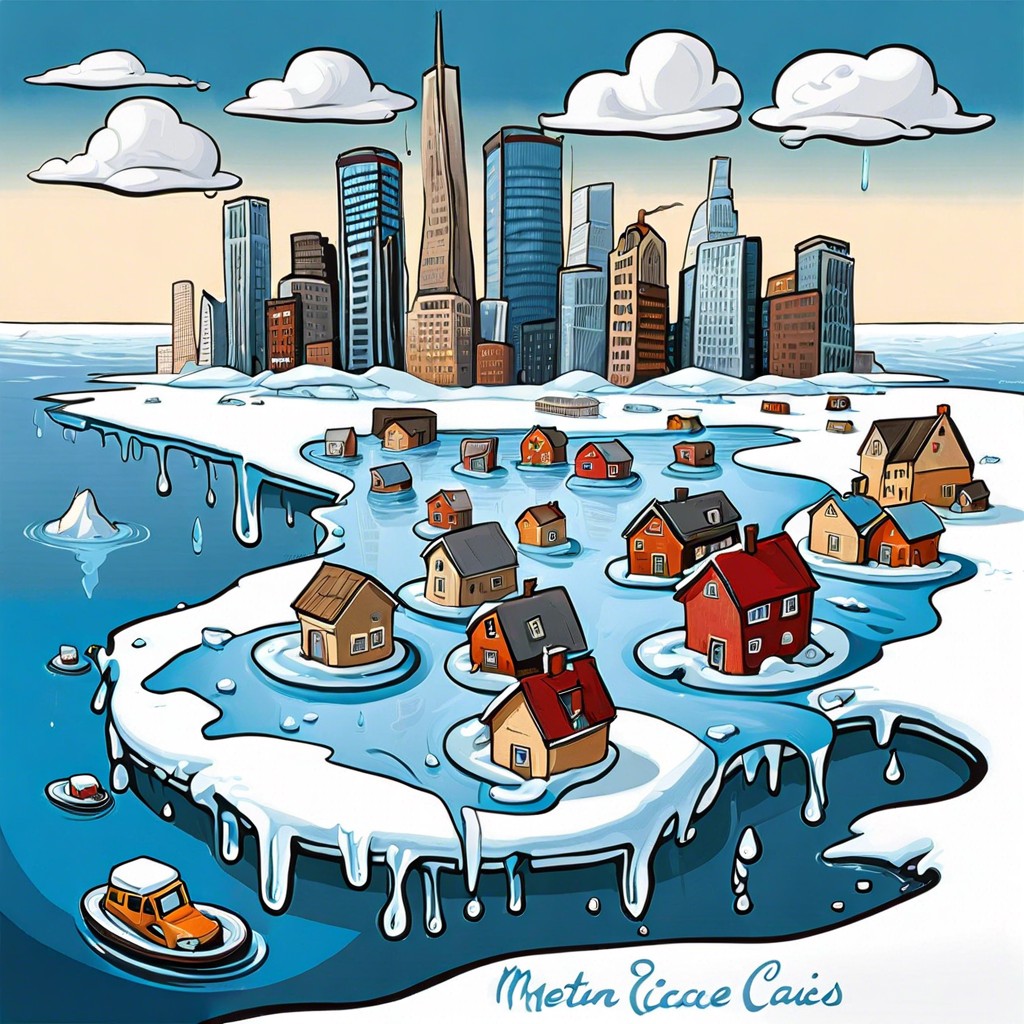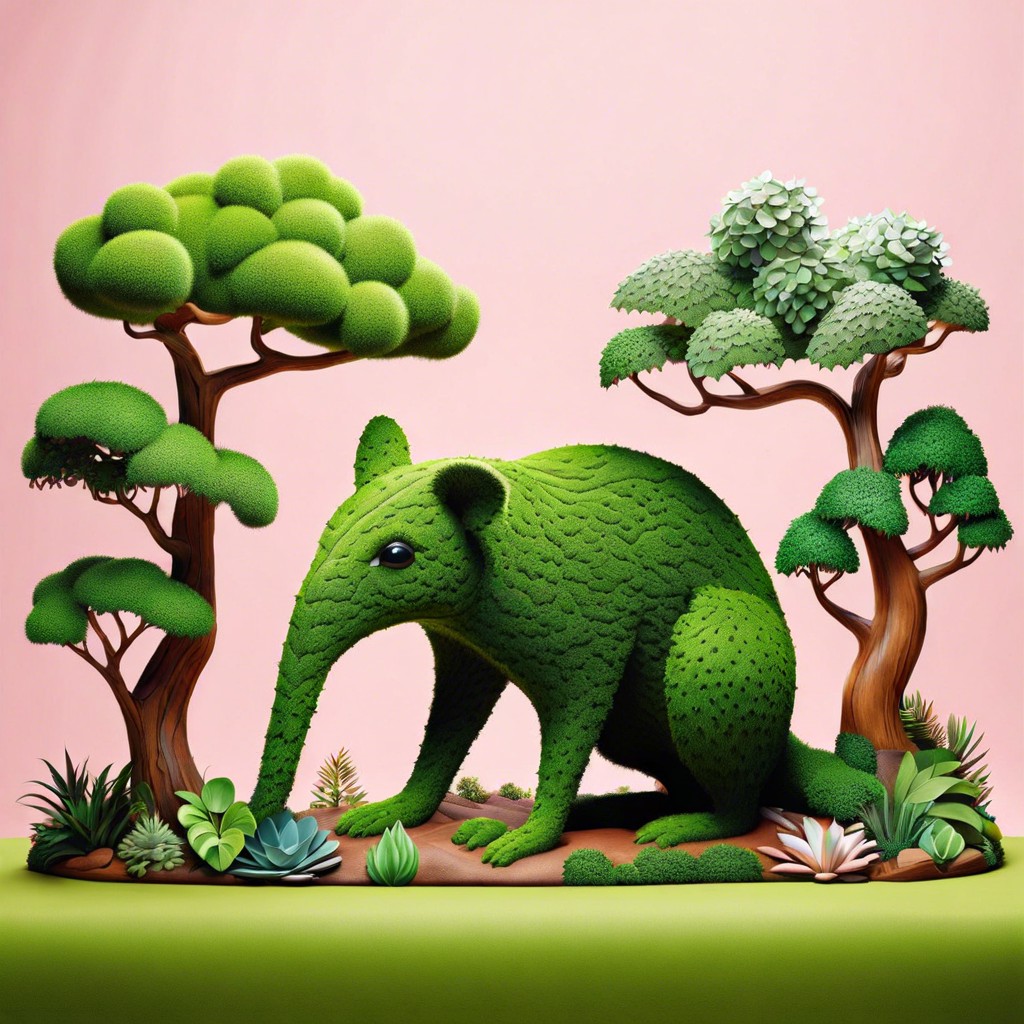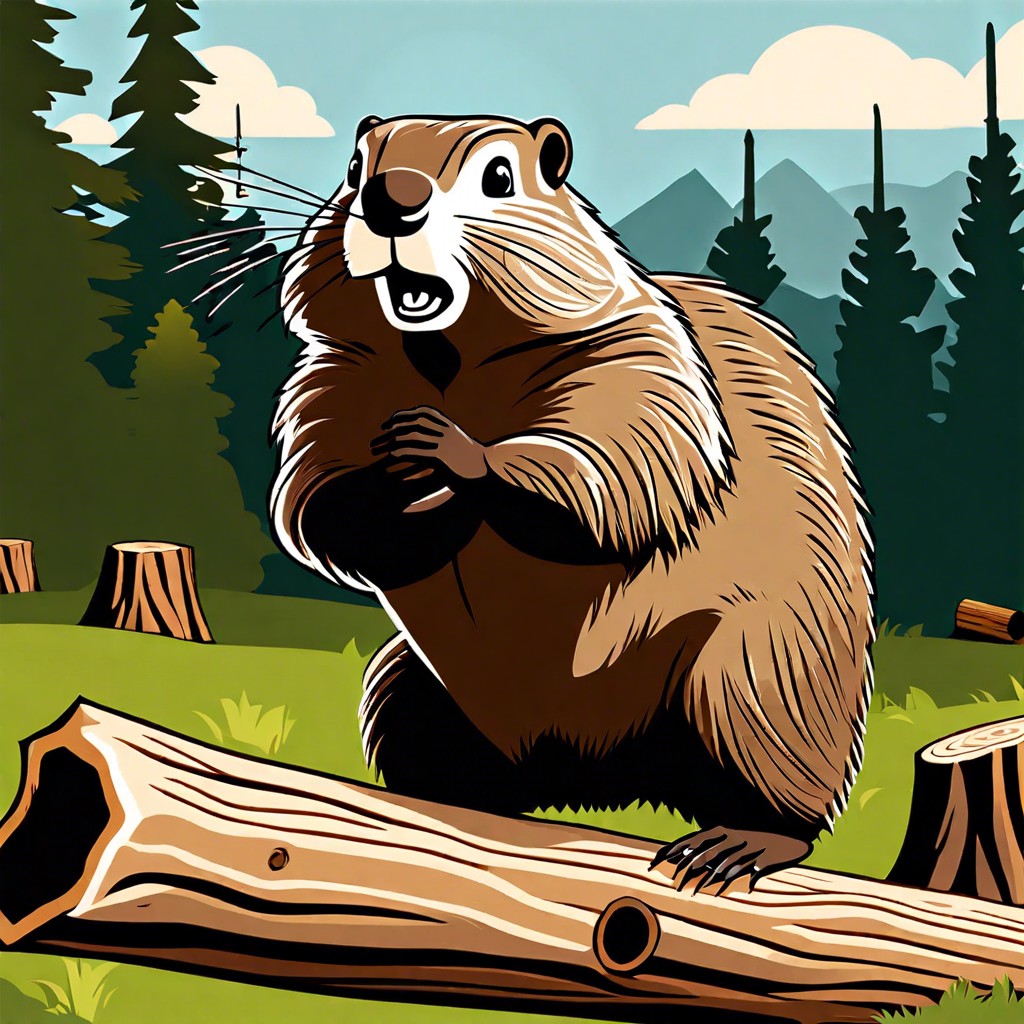Imagine a world where humans, instead of generating our own warmth, are as dependent on the environment for body temperature as a snake or lizard.
Imagine a world where we swap cozy blankets for sun-soaked rocks, and our daily coffee fix goes extinct because we’re no longer warm-blooded brewers. This bizarre yet fascinating concept of humans being cold-blooded (ectothermic) unravels a tapestry of physiological shifts, lifestyle overhauls, and even rewrites the economic scripts. Buckle up as we journey through how this chilling metamorphosis could ripple through global populations, twist our industrial gears, and revolutionize healthcare those lizards never saw coming. Welcome to your new, scale-tipping reality.
Key takeaways:
- Physiological changes require constant temperature monitoring, diet adjustments, specialized clothing, and energy fluctuations.
- Lifestyle shifts involve sun-dependent routines, activity adjustments, summer productivity peaks, and survival-focused fashion choices.
- Global population distribution may see a migration to equatorial zones, sparse cold region inhabitation, seasonal migration patterns, and a rise in temperature-controlled living spaces.
- Economic adjustments expect increased energy consumption, booming clothing industries, altered work hours, agricultural innovations, and demand for self-regulating machines.
- Healthcare implications include temperature-focused diagnoses, thermal hospitals, new over-the-counter products, and specialized surgeries for regulating body temperature.
Physiological Changes and Adaptations

To thrive as cold-blooded creatures, humans would need some wild upgrades. Imagine having the biological equivalent of a smartphone’s weather app. Constant monitoring of external temperatures would be necessary. No more binge-watching Netflix under a cozy blanket—your internal thermostat would be at the mercy of your surroundings.
Diet would change dramatically too. Cold-blooded animals often need fewer calories because they don’t generate heat internally. So, say goodbye to all-you-can-eat buffets, hello to meticulously calculated meals.
Clothing would be less about fashion and more about survival. Think high-tech gear that can adapt to temperature fluctuations, making the phrase “layering up” take on a whole new meaning.
Activity levels would sync with the sun. Energy spikes on sunny days and sluggishness on cloudy ones. The early bird might not catch the worm if it’s a chilly morning. Instead, they might wait for the sun to warm things up before starting their day.
And don’t even get started on the unique physiological traits like slow metabolism and specialized skin to harness heat. Wondering about SPF? More like thermal insulation factor.
Impacts On Human Lifestyle and Behavior
Imagine everyone checking the weather before stepping outside—not to decide on an outfit but to determine if leaving the house is even possible. Without our internal heating system, our daily routines would revolve around external temperatures. Early birds would flock to sunny spots to soak up morning rays, while night owls might become rare creatures indeed.
Forget about gyms. Keeping fit could mean strategically seeking out warm spots or basking on a heated rock, lizard-style.
Summers—oh, blissful summers—would be the most productive season. Work hours, social gatherings, even holidays would pivot around those precious warm months.
Forget the typical 9-to-5. Think 10-to-2 on some frosty days.
Multi-layered fashion would be less about style and more about survival. Wool would be the new black.
Soup? Not just a comfort food. It’s practically life support.
Influence On Global Population Distribution
Imagine a world where humans choose their homes based on the sun’s schedule. People would flock to equatorial zones like sunbathers chasing an eternal summer. Goodbye Antarctica expeditions, unless you enjoy freezing stiff for science.
Colder regions would be sparsely populated, acting more like seasonal vacation spots than permanent residences. Picture the Arctic circle as a quaint resort for those who can handle a chilly dip without turning into popsicles.
Migration patterns would mimic those of migratory birds. Seasonal shifts in human traffic could create a boom in mobile homes and innovative transportation, making “snowbirds” literal rather than just a fun term for retirees.
Temperature-controlled environments would be the hottest real estate. Homes equipped with state-of-the-art climate control systems would be must-haves, transforming air-conditioning from a comfort into a necessity akin to food and water.
This new lifestyle might eradicate the concept of a fixed “hometown,” with more people becoming nomads, not because they want to travel the world, but because their internal thermostat demands it. Fun, right? Slight inconvenience of uprooting your life every season might just become the new normal.
Economic and Industrial Adjustments
Imagine vending machines stocked with thermal suits instead of snacks. The need for temperature-controlled environments would morph from luxury to necessity, altering the landscape of our cities and workplaces.
First, energy consumption would skyrocket. Goodbye, eco-friendly initiatives, as we ramp up HVAC systems to keep up with our fluctuating body temperatures. Energy providers would become the new golden geese, laying ever-more-expensive eggs.
Secondly, clothing industries would flourish like never before. Forget fast fashion; we’d need heat-retentive, adaptive clothing. Seasonal collections? More like hourly adjustments!
Work hours might even change. Picture this: night shifts during summers, day shifts in winters. Businesses would adjust working hours to suit our new temperature-dependent productivity schedules.
Agriculture could also get a spicy revamp. Imagine farmers tending to crops in heated greenhouses, no longer confined by the whims of the weather. Could we produce tropical fruits in every backyard? Quite possibly.
In manufacturing, machines with self-regulating temperatures would be essential, creating new market demands.
Grab your thermal hoodie; it’s going to be an exhilarating ride.
Medical and Healthcare Implications
Certainly, if humans were cold-blooded, our bodies would rely heavily on external temperatures to function properly. This unique condition would bring about a slew of medical and healthcare implications.
Doctors would need to become experts in thermoregulation. “Got a fever?” might be replaced with “Got a high noon sun exposure?” as temperature extremes could play a much larger role in diagnosing ailments.
Hospitals could transform into thermal havens. Picture wards with adjustable sunlamps and ice baths to help patients maintain optimal body temperatures. Nurses could be seen wielding heat guns and distributing cooling vests for precise thermal adjustments.
Over-the-counter meds could see quite a shakeup too. Instead of cough syrup, you might stock up on super-efficient thermal blankets or portable heating pads. Imagine getting a prescription for a winter vacation when you’re running “too cold.”
Lastly, consider surgeries and recovery. Operating rooms would need hyper-controlled environments to cater to colder or warmer body temperatures. Overnight survival packs could include battery-powered warming devices or special cooling gels.
Medical professionals could evolve, mastering the fine art of temperature management more than ever before.




